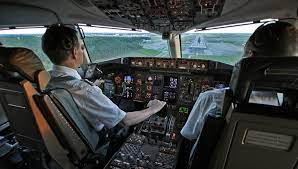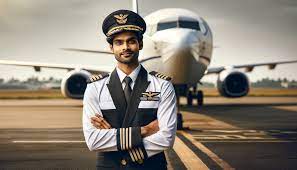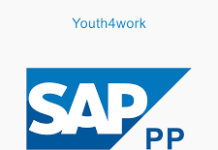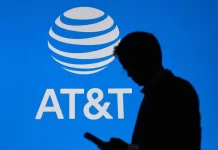Commercial Pilot
A commercial pilot is a licensed professional pilot who possesses a commercial pilot license (CPL) from their nation’s aviation regulatory body. Authorized to fly aircraft for employment or compensation, commercial pilots can work as freight or passenger carriers for airlines, charter firms, cargo operators, or other aviation corporations.
Typically, there are multiple processes involved in becoming a commercial pilot:
Training: At flight schools or aviation academies, prospective commercial pilots receive in-depth instruction. In-class instruction, flight simulator sessions, and real-world flight training with qualified flight instructors are all included in this training.
Private Pilot License (PPL): Prior to obtaining a Commercial Pilot License (CPL), people typically earn a private pilot license, which enables them to fly for non-commercial or recreational purposes. This entails mastering the principles of flight and accumulating flying time.
CPL Requirements: In order to be eligible for a commercial pilot license, applicants must fulfill a variety of requirements established by aviation authorities. These requirements may include completing written and practical exams, having a specified amount of flight experience (such as cross-country trips), and having a certain number of flight hours.
Flight Experience: Practicing different maneuvers, flying solo, and cross-country flights are common ways for aspiring commercial pilots to gain flight experience. In addition, they might receive more instruction in subjects including multi-engine aircraft operation, night flying, and instrument flying.
Practical Test: Candidates go through a practical test, also called a check ride, which is led by a designated pilot examiner after fulfilling the training requirements and gaining the required amount of flight experience. Candidates show off their flying prowess and understanding of aviation protocol throughout this exam.



































